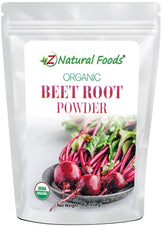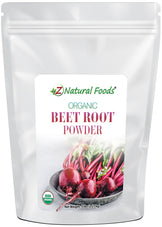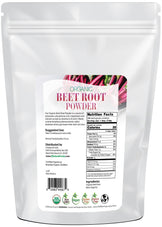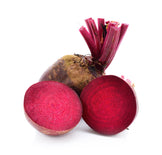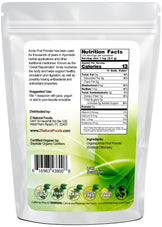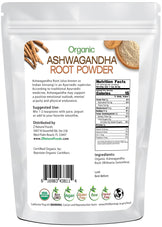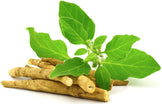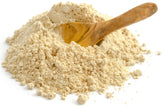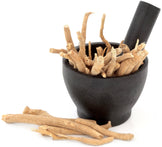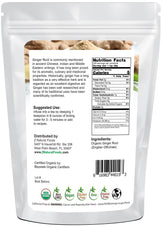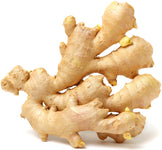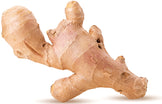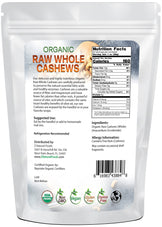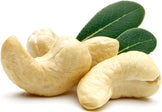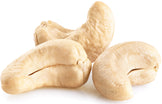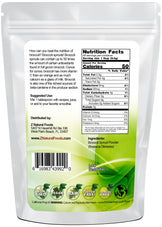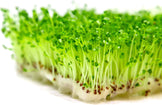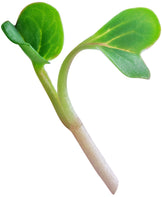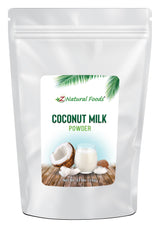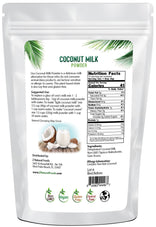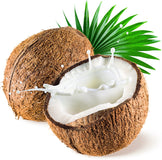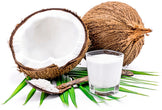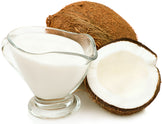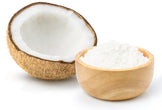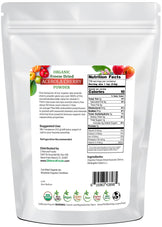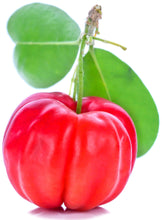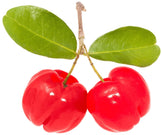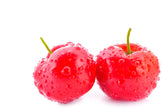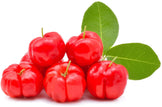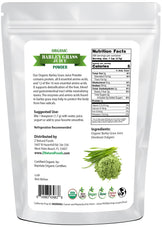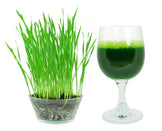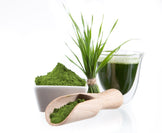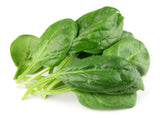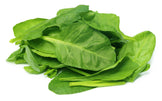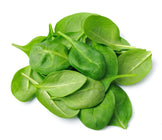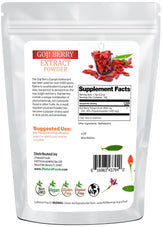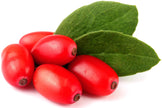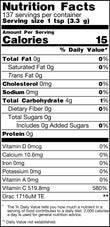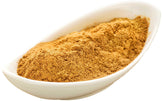Blood Pressure

Hypertension, as defined in Western medicine, encompasses a chronic elevation of blood pressure, signifying the force exerted by blood against vessel walls. This condition is characterized by two numerical values: systolic pressure, indicating blood's ejection from the heart into arteries, and diastolic pressure, during the heart's resting phase. A normal blood pressure reading averages at 120/80 mm Hg (Whelton et al., 2018, Hypertension). Contrasting this, Traditional Chinese Medicine (TCM) associates the emotion of anger with the liver, a pivotal organ. TCM identifies two prevalent hypertension patterns. The first pattern features internal liver wind due to elevated liver yang, which, over time, generates interior wind. This pattern's genesis may stem from various deficiencies, encompassing liver yin, liver and kidney yin, and liver blood (Li et al., 2017, Chinese Medicine). The second pattern entails liver wind agitation prompted by liver blood deficiency. In chronic instances, vessels may become vacuous, allowing wind to occupy space (Li et al., 2015, Chinese Medicine). These TCM patterns reveal intricate connections between hypertension's emotional and physiological aspects.

Categorieswhen you select any items page will be refresh and focus will be move out of the page
Health Concerns
Beet Root Powder - Organic
Beet root powder is made from the root of the beet plant and has been used in various cultures as a staple in traditional dishe...
Current price$12.99
Amla (Amalaki) Fruit Powder - Organic
Amla fruit is an ancient food source used for centuries in Ayurvedic medicine. It is native to the Indian subcontinent and is a...
Current price$19.99
Ashwagandha Root Powder - Organic
The name ashwagandha is derived from two Sanskrit words – ‘ashwa’ meaning horse and ‘gandha’ meaning smell. This refers to the ...
Current price$21.99
Ginger Root Powder - Organic
Organic Ginger Root powder is derived from the root of the ginger plant, a perennial flowering plant native to Southeast Asia. ...
Current price$13.99
Cashews - Organic, Whole, Raw
Native to Brazil, this fiber-rich, high-protein, fatty nourishing nut that was once eaten only by the wealthy is now considered...
Current price$24.99
Broccoli Sprout Powder
Broccoli sprout powder is a superfood that has recently gained popularity. It is made from the ground-up, dried sprouts of Bras...
Current price$34.99
Coconut Milk Powder
Coconut milk powder has been used for centuries in many parts of the world, including the South Pacific, India, and Southeast A...
Current price$224.99
Acerola Cherry Powder - Organic Freez...
Organic Freeze-Dried Acerola Cherry Powder, derived from Malpighia emarginata, is a nutrient-dense superfood indigenous to Cent...
Current price$49.99
Barley Grass Juice Powder - Organic
Barley grass is a type of grass that is part of the barley plant and has been used by humans for thousands of years. It is nat...
Current price$34.99
Spinach Powder - Organic
Organic Spinach powder is a quality source of nutrition, providing fiber, vitamins, and minerals. It is made from dehydrated sp...
Current price$17.99
Goji Berry Extract Powder
Goji Berries, also known as wolfberries, are native to the Himalayan region and have been used in Chinese medicine for centurie...
Current price$29.99
Camu Camu Powder - Organic
Organic Camu Camu powder is made from camu camu berries and is native to the Amazon rainforest in Peru and Brazil. The camu cam...
Current price$34.99
Feel Better. Look Better. Be Better.
Get on the list for actionable Health & Nutrition advice every week.

